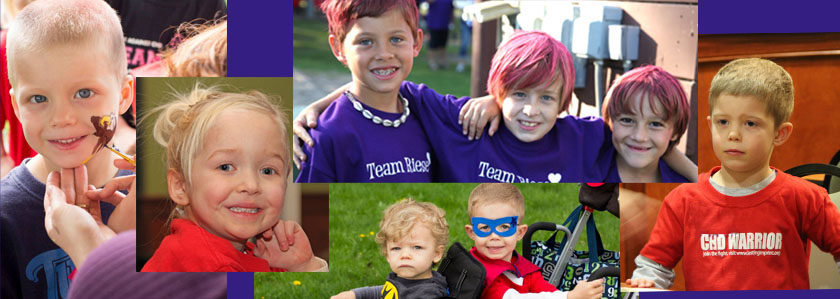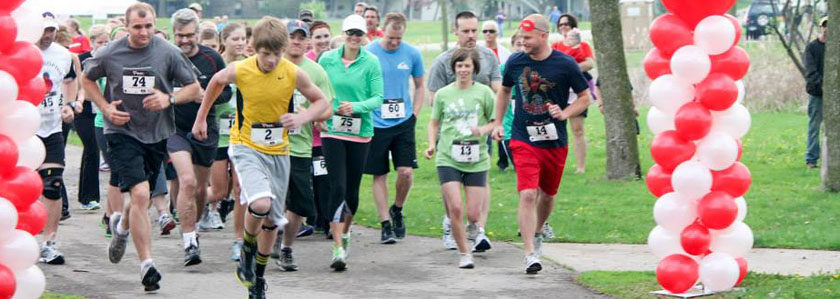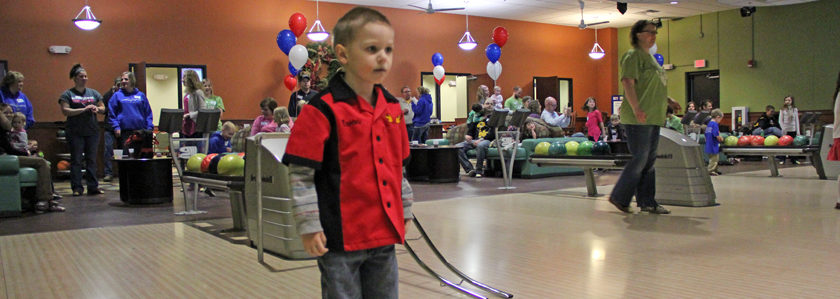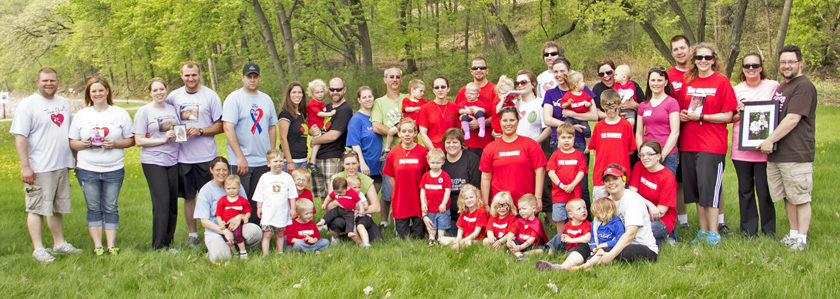CHD FACTS
Lasting Imprint exists to create a supportive community that will inspire people to join in the fight against congenital heart defects through education, research, and assistance to heart families. Nearly 1 in 100 babies born in the United States are born with a congenital heart defect. They are the #1 birth defect and cause more infant deaths than all childhood cancers combined.
What is a congenital heart defect? A congenital heart defect (CHD) is a defect in the structure of the heart and great vessels which is present at birth. Many types of heart defects exist, most of which either obstruct blood flow in the heart or vessels near it, or cause blood to flow through the heart in an abnormal pattern. Many defects don’t need treatment, but some complex congenital heart defects require medication or surgery. Advances in diagnosis and treatment of congenital heart defects has led to dramatic increases in survival for children with serious heart defects. Today, approximately 1.4 million children and adults are living in the United States with a congenital heart defect.
- The warning signs of congenital heart defect in infants and children may include a heart murmur or abnormal heart sound, cyanosis (a bluish tint to the skin, fingernails and/or lips), fast breathing, poor feeding, poor weight gain, an inability to exercise and excessive sweating.**
- Each year approximately 40,000 babies are born in the United States with a congenital heart defect. Thousands of them will not reach their first birthday and thousands more die before they reach adulthood.*
- Almost half all children and adults with complex congenital heart disease have neurological and developmental disabilities.*
- More than 50% of all children born with congenital heart defect will require at least one invasive surgery in their lifetime.*
- There are more than 40 different types of congenital heart defects. Little is known about the cause of most of them. There is no known prevention or cure for any of them.*
- In the United States, twice as many children die from congenital heart defects each year than from all forms of childhood cancer combined, yet funding for pediatric cancer research is five times higher than funding for CHD.*
Some common heart defects:
-
- Septal defects: This is a hole in the wall, or septum, that divides the right and left sides of the heart. If the hole is in the wall between the two upper chambers this is referred to as an atrial septal defect (ASD), while a hole in the wall of the two bottom chambers is referred to as a ventricular septal defect (VSD).
- Patent ductus arteriosus (PDA): In PDA, abnormal blood flow occurs between two of the major arteries connected to the heart. These arteries are the aorta and the pulmonary (PULL-mun-ary) artery. Before birth, these arteries are connected by a blood vessel called the ductus arteriosus. This blood vessel is a vital part of fetal blood circulation. Within minutes or up to a few days after birth, the ductus arteriosus closes. This change is normal in newborns. In some babies, however, the ductus arteriosus remains open (patent). The opening allows oxygen-rich blood from the aorta to mix with oxygen-poor blood from the pulmonary artery. This can strain the heart and increase blood pressure in the lung arteries.
- Coarctation of the aorta: is a narrowing of the aorta, the large blood vessel that branches off the heart and delivers oxygen-rich blood to the body. When this occurs, the heart must pump harder to force blood through the narrow part of your aorta.
- Tetralogy of Fallot: This defect is a combination of four heart defects that keeps some blood from getting to the lungs. As a result, the blood that is pumped to the body may not have enough oxygen.
- Transposition of the great arteries (TGA): This occurs when the positions of the two major arteries leaving the heart are reversed, so that each arises from the wrong pumping chamber.
- Hypoplastic left heart syndrome (HLHS): This is an abnormality in which the left side of the heart (left ventricle, aortic valve and aorta) is severely underdeveloped. When the left side of the heart is underdeveloped, the right side of the heart must pump blood to both the lungs and the rest of the body.






